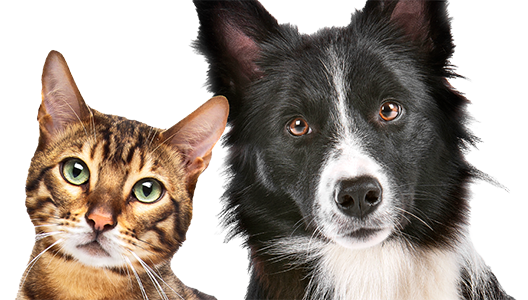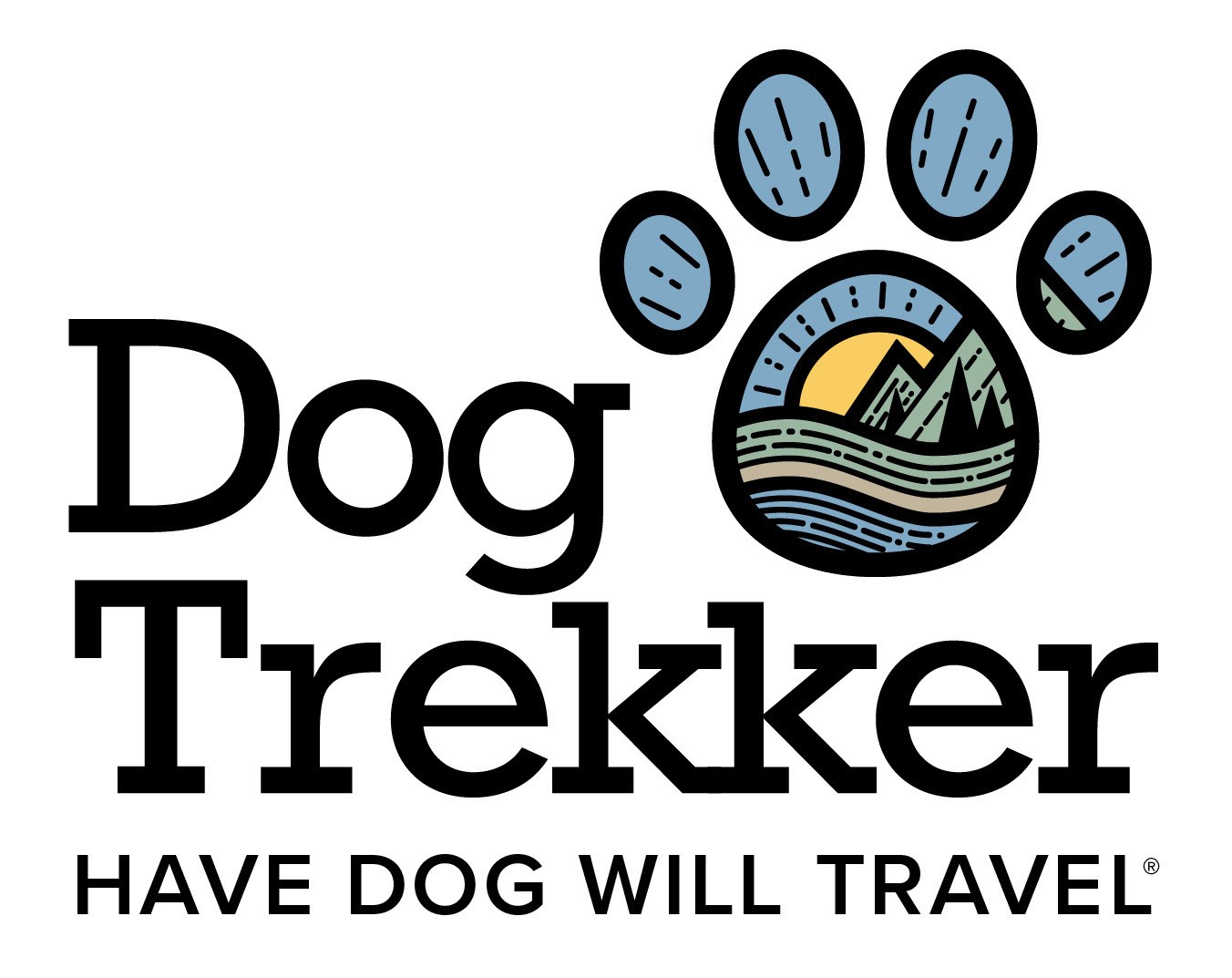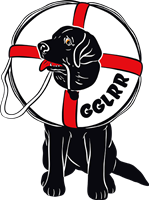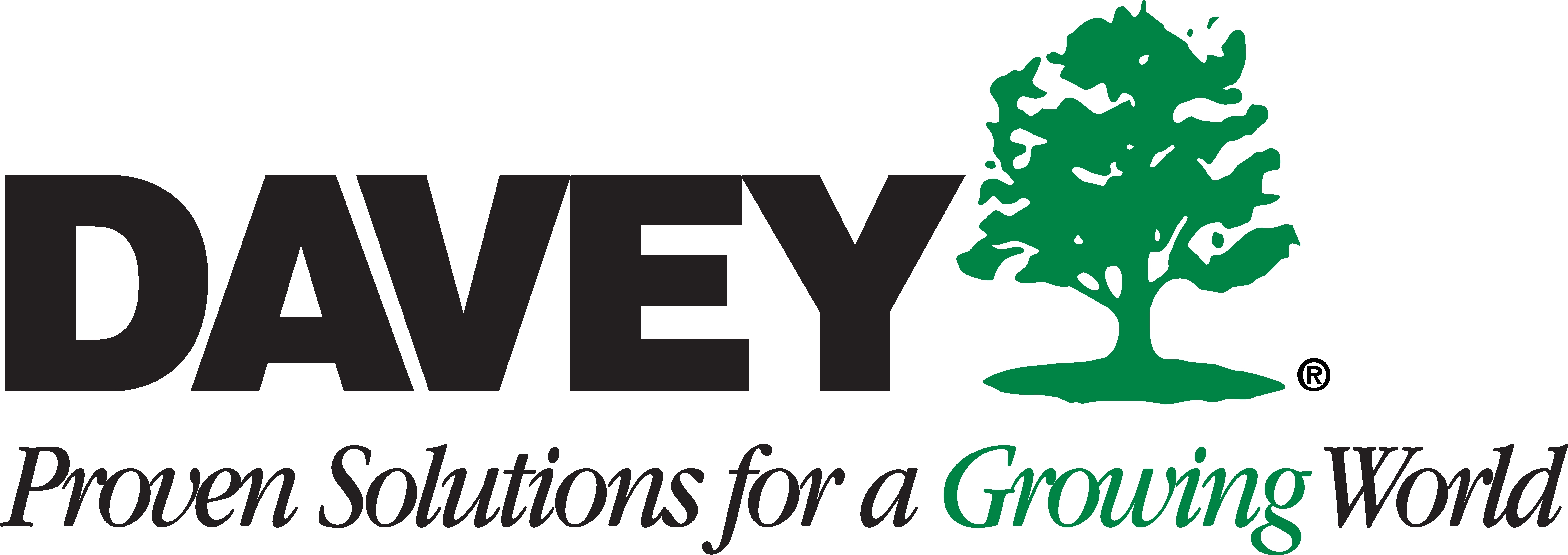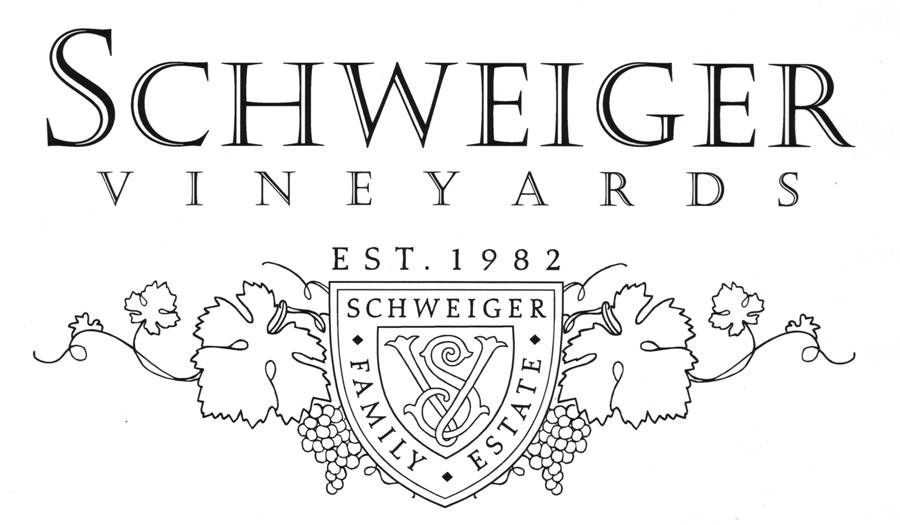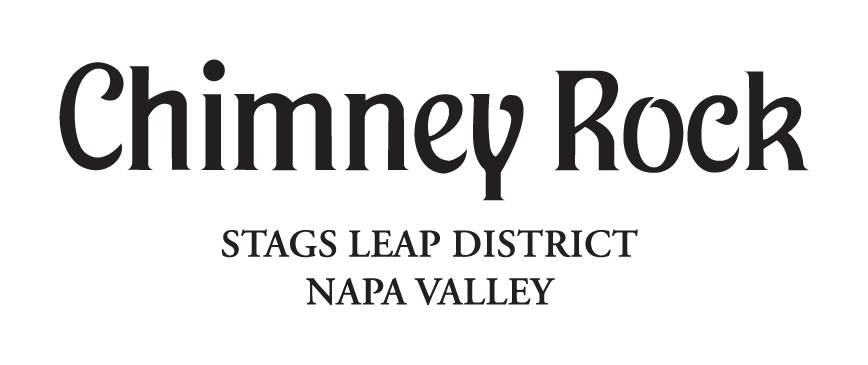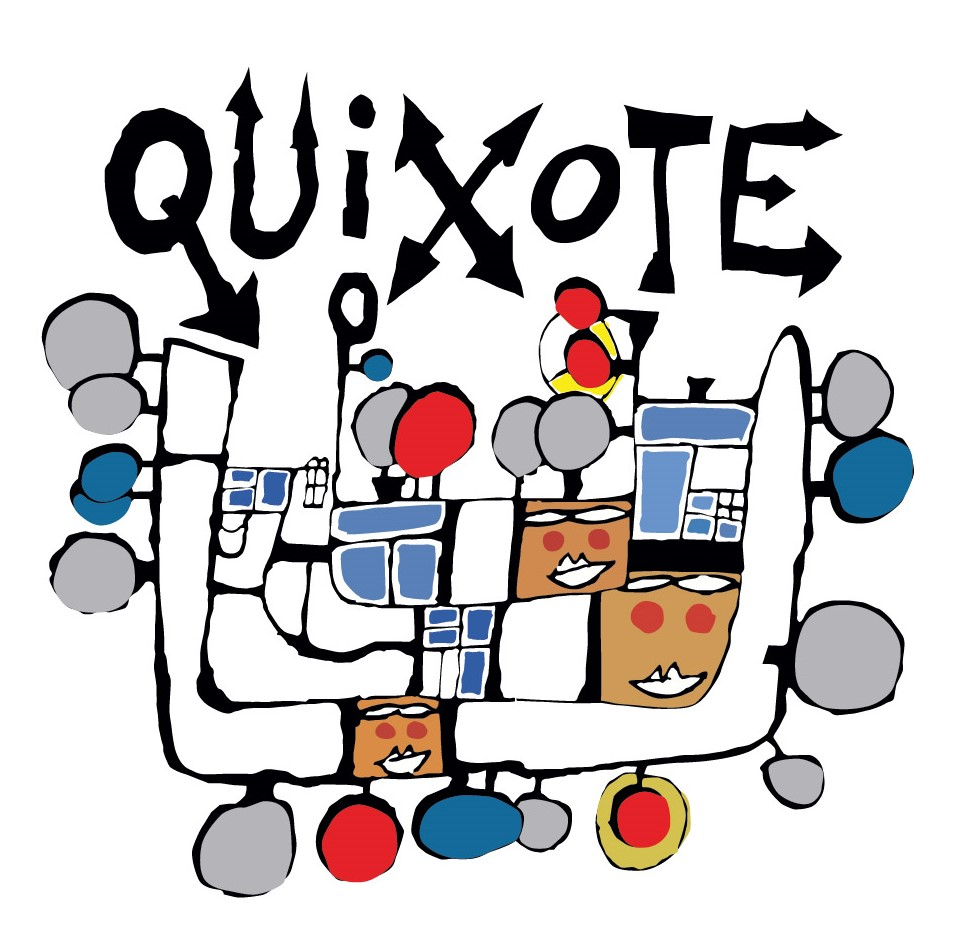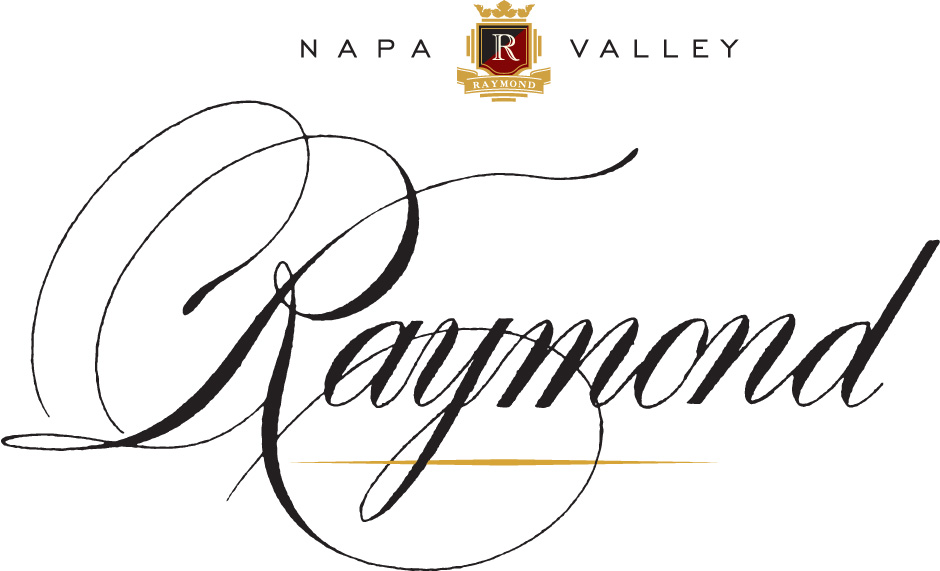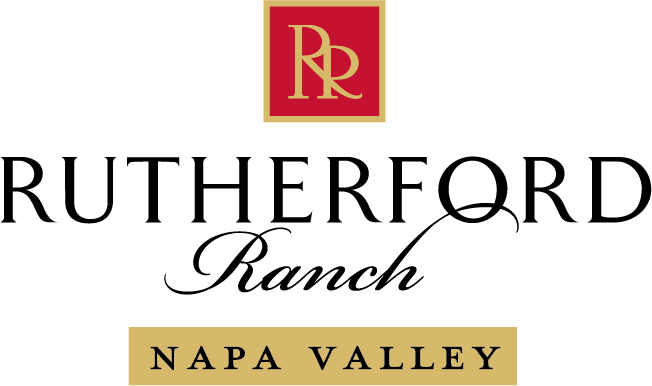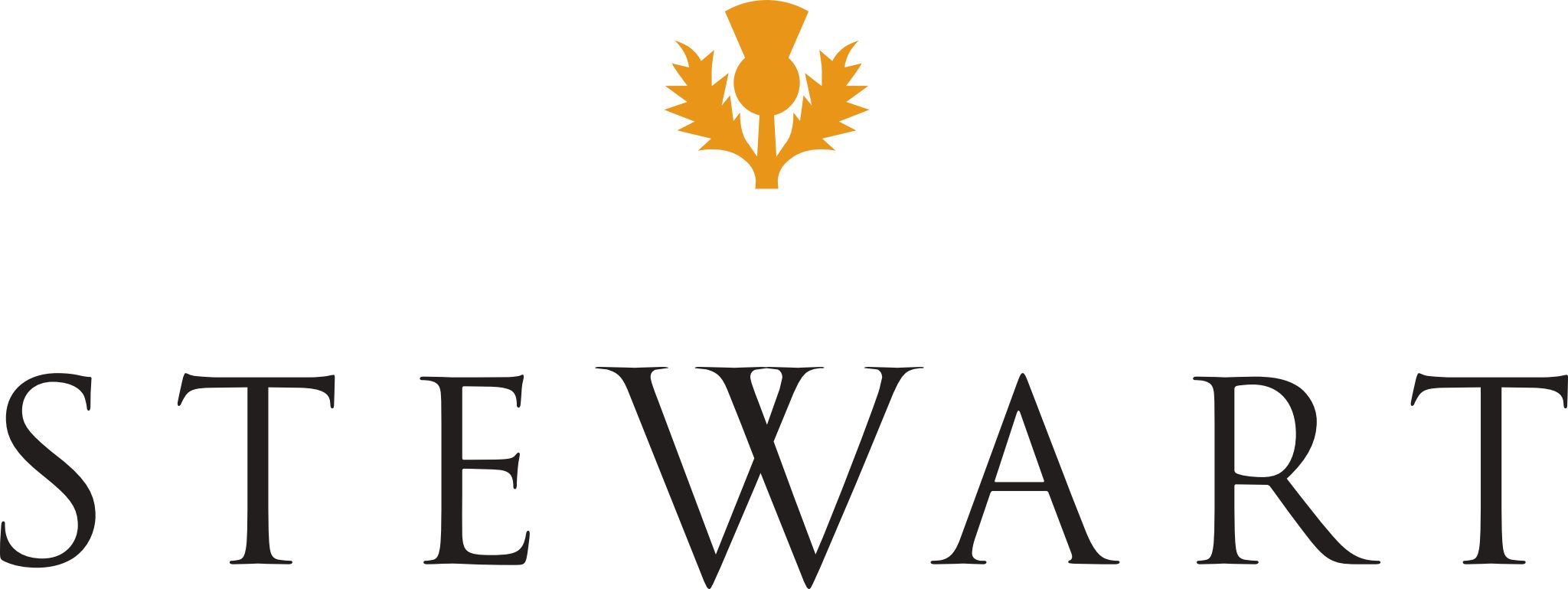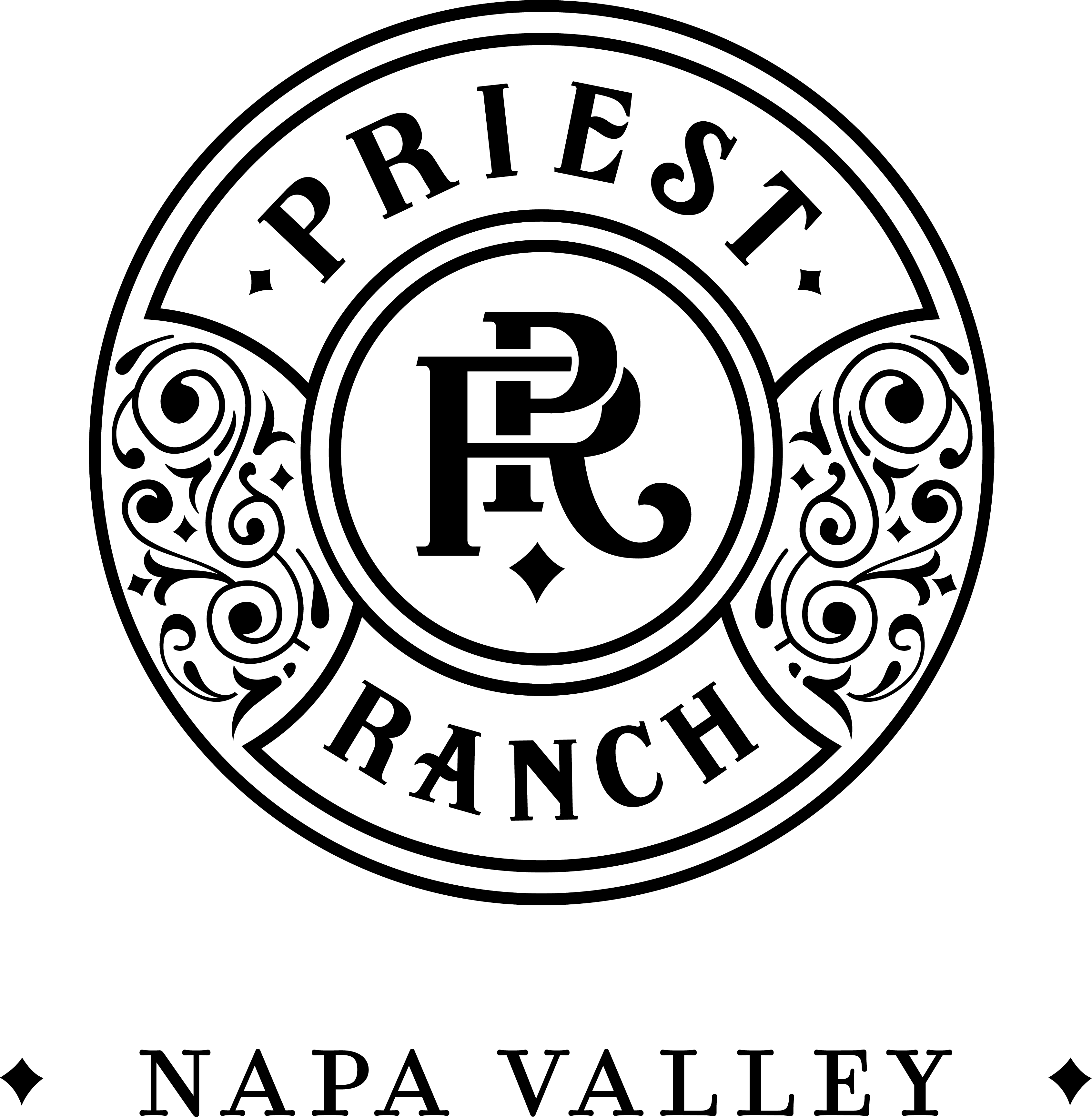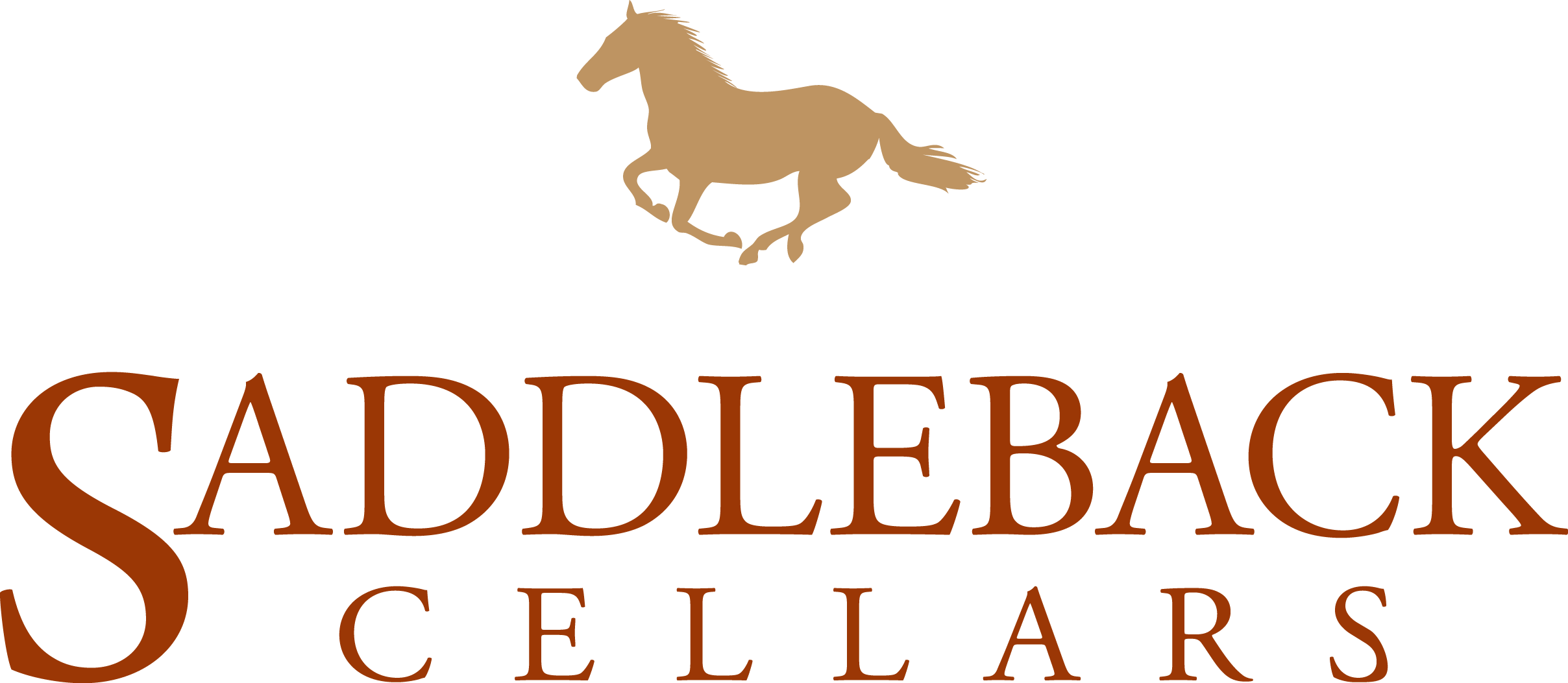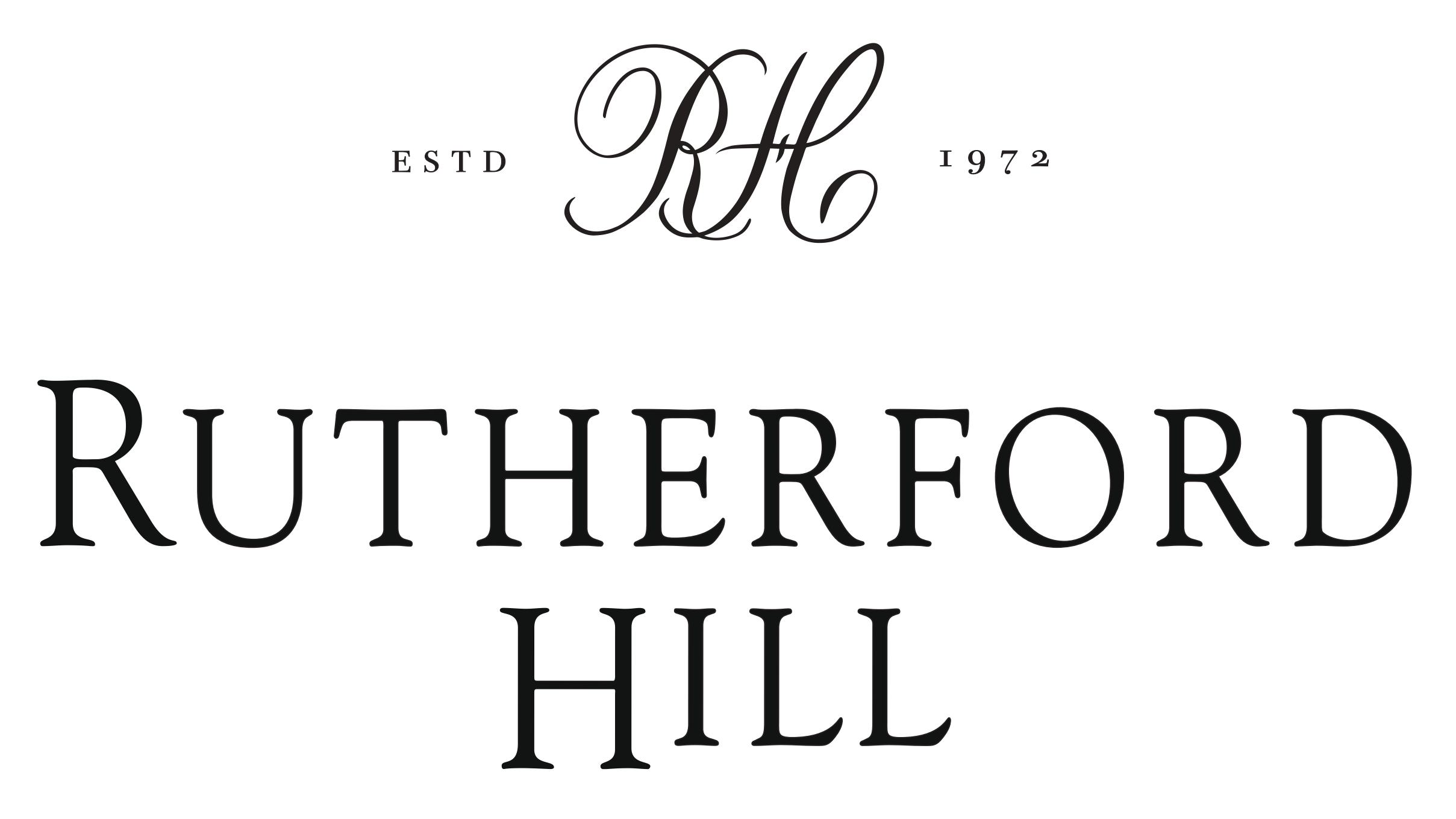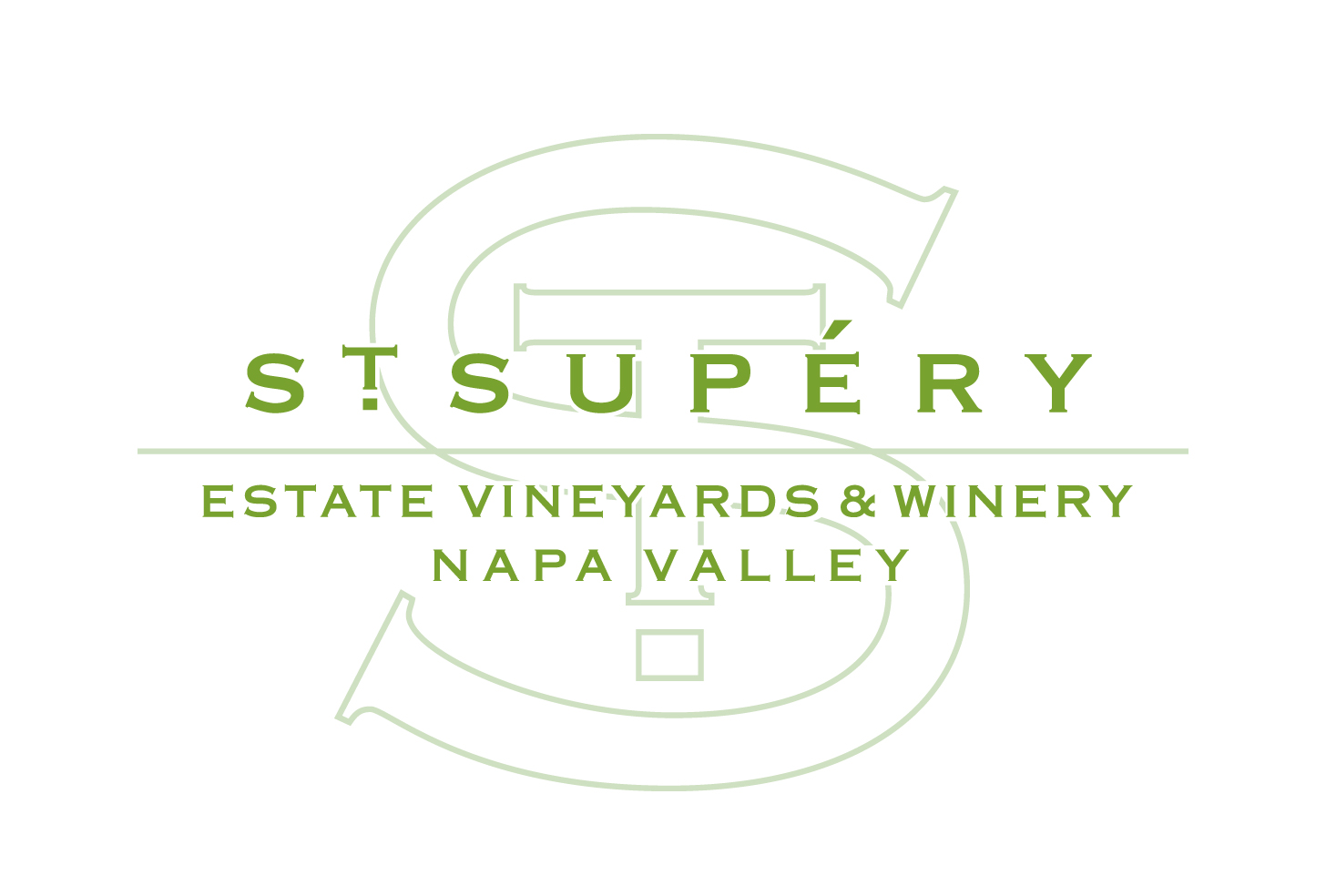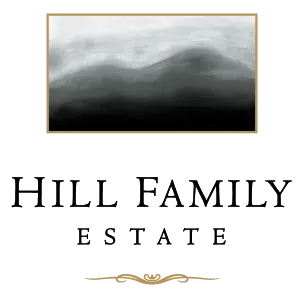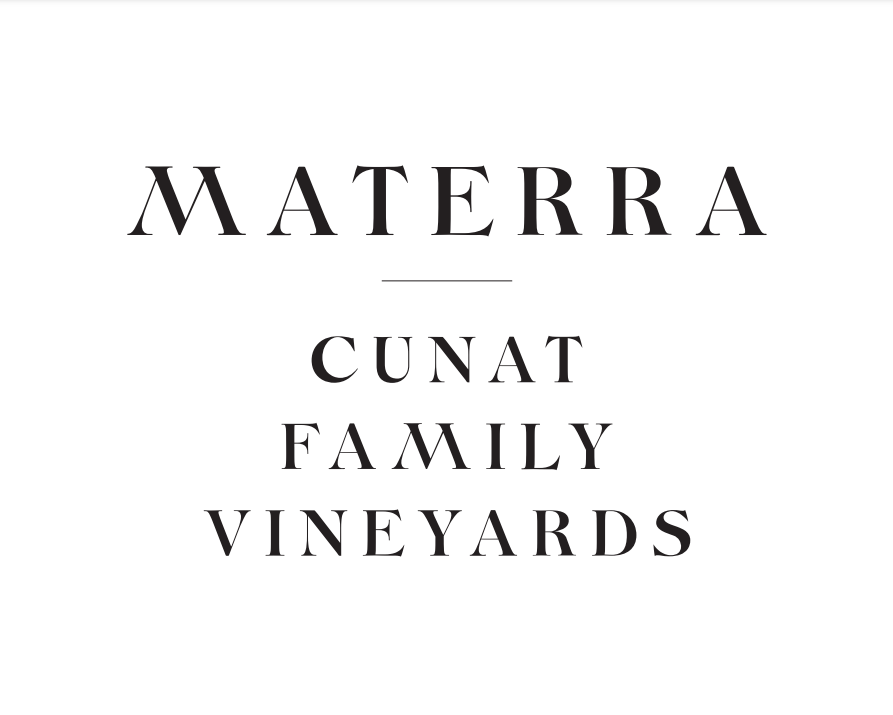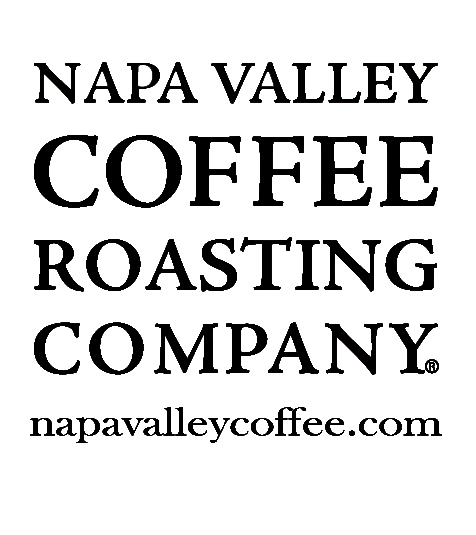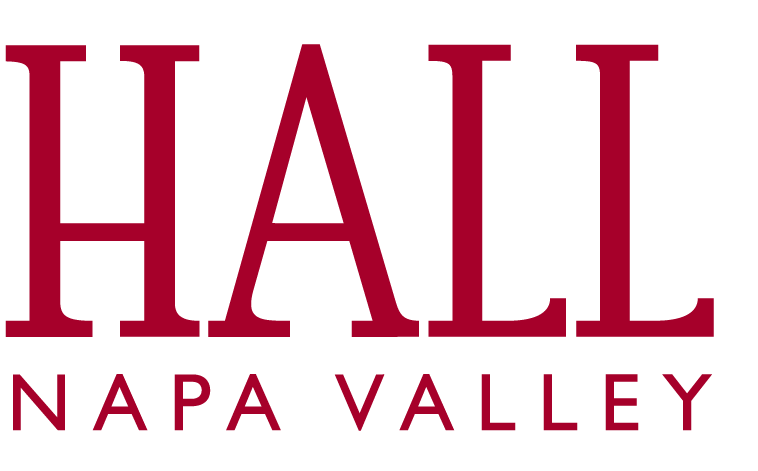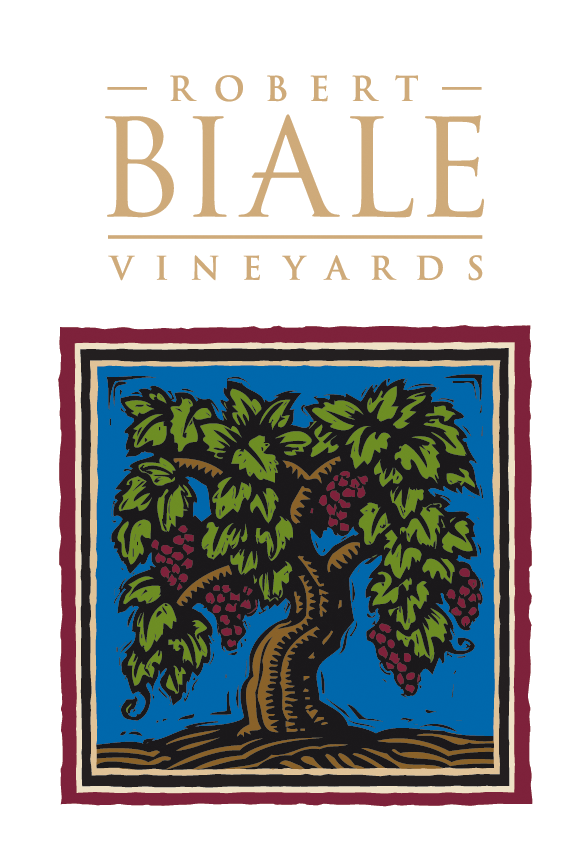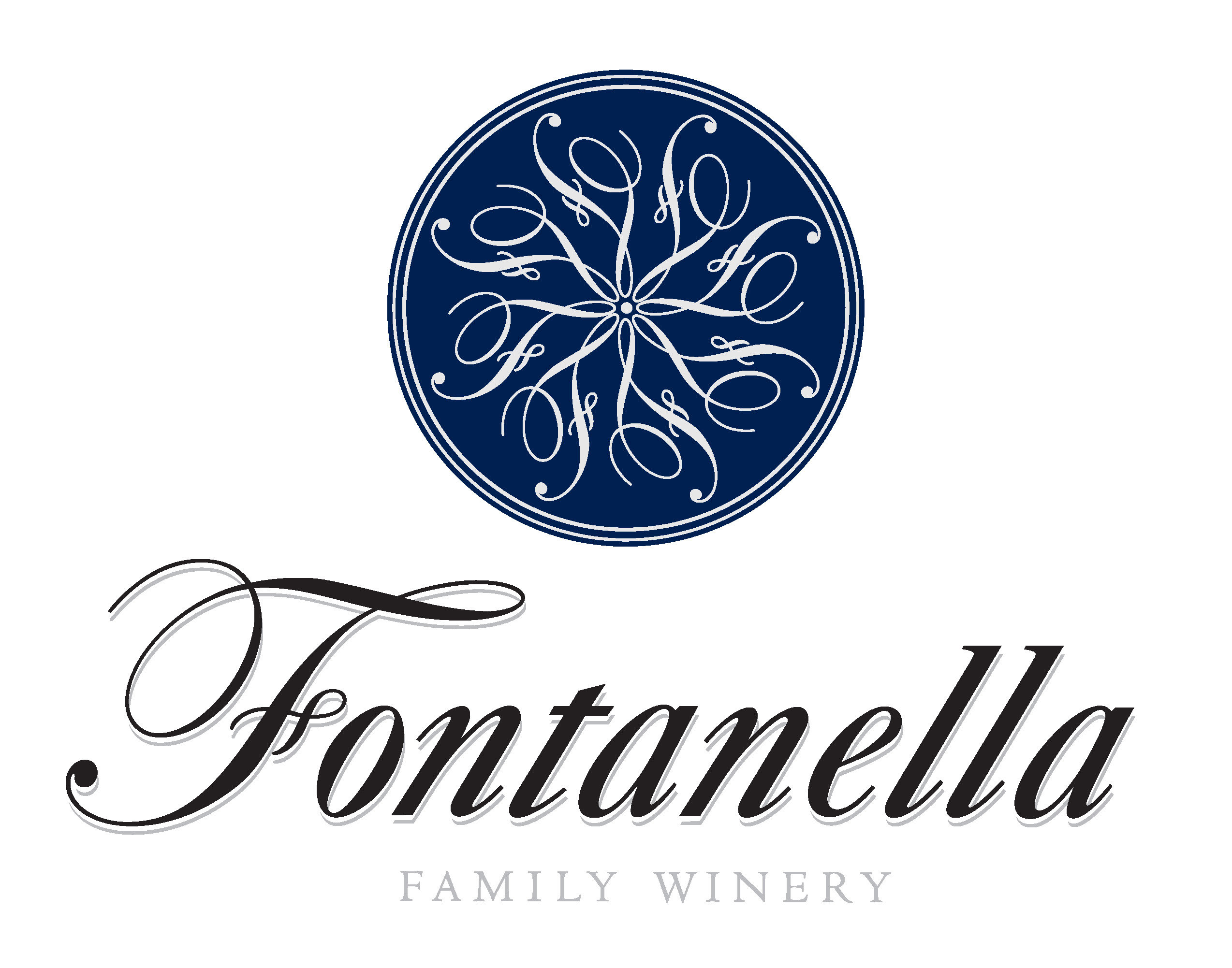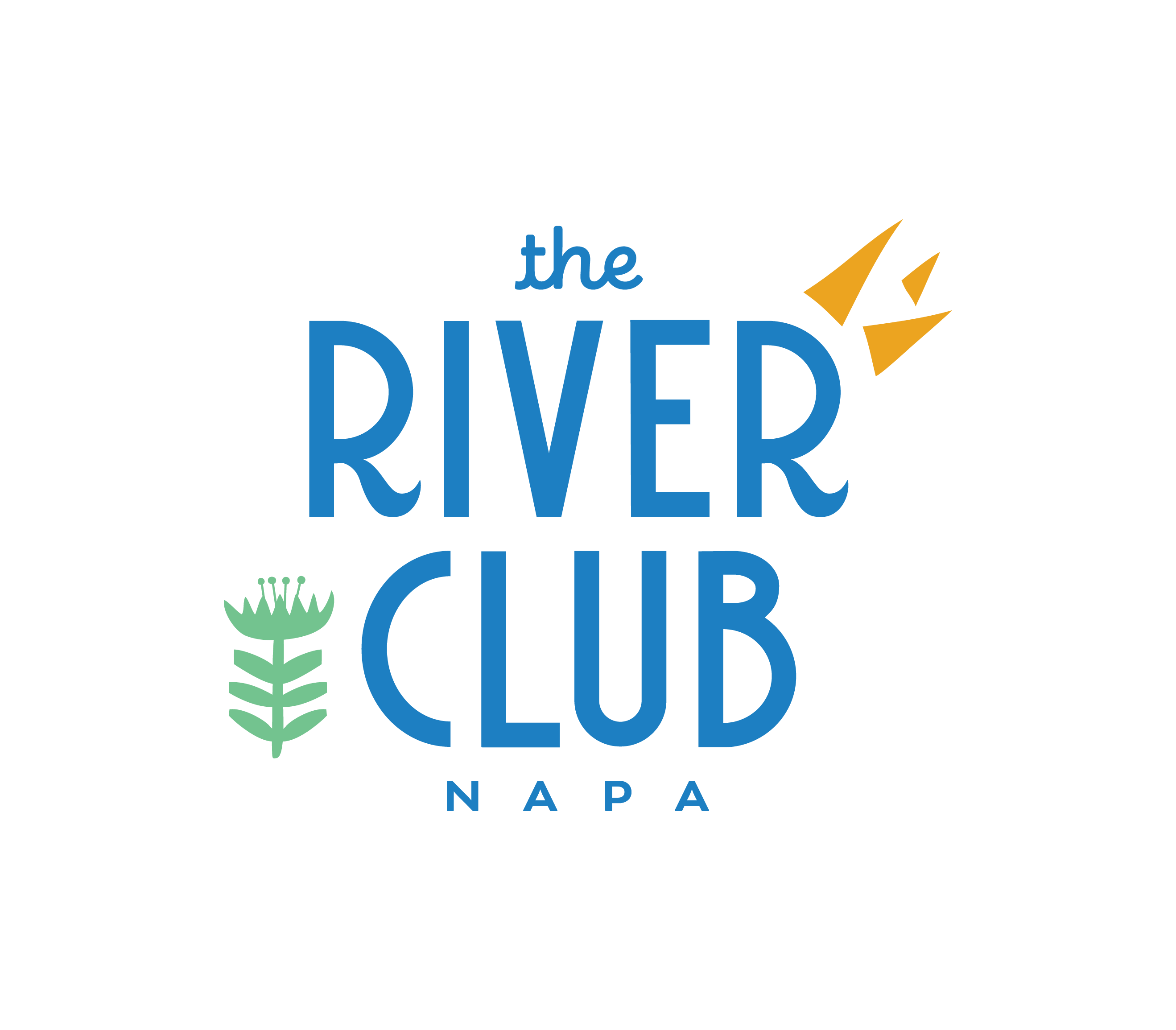Firestorm at Mountain Home Ranch – How the Equines Survived
by Wendi Piscia | January 23rd, 2018 | 11:01 am
(lightly edited from original by Suzanne Fouts)
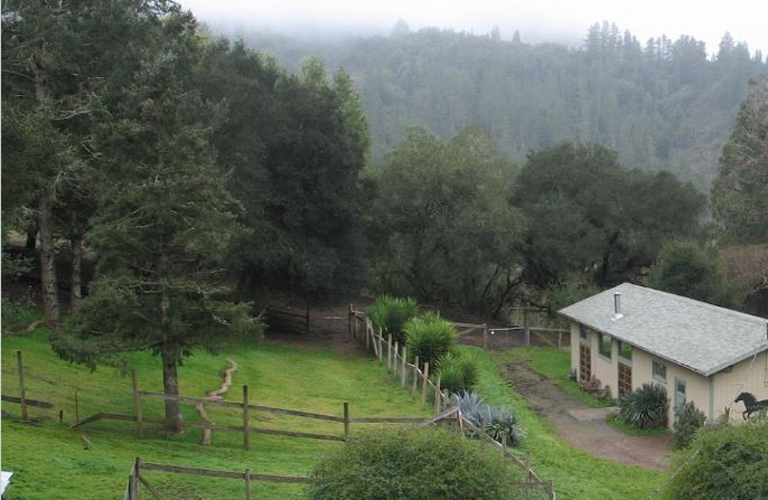
A few years ago, we lost one of our rescued mules to old age. We were missing him in our herd, so we put out feelers for another mule in need of a home. What showed up through Sunrise Horse Rescue was a threesome: one quarter horse and two mules – a mini and a large one. They had been abandoned in a pasture for over seven years, and the new owner of the property wanted them gone. We didn’t have the heart to separate them, and we had the space, so heck – why not. We affectionately refer to them as our Costco equines…we went for one, and came home with three.
Once they passed their vet checks and were current on vaccinations and worming, we brought them home. We tried to introduce them to our herd, but there was a whole lot of fighting going on between the two alphas, and one of them was going to get hurt. So we started running two herds – one at the Ranch, and one at our house next door.
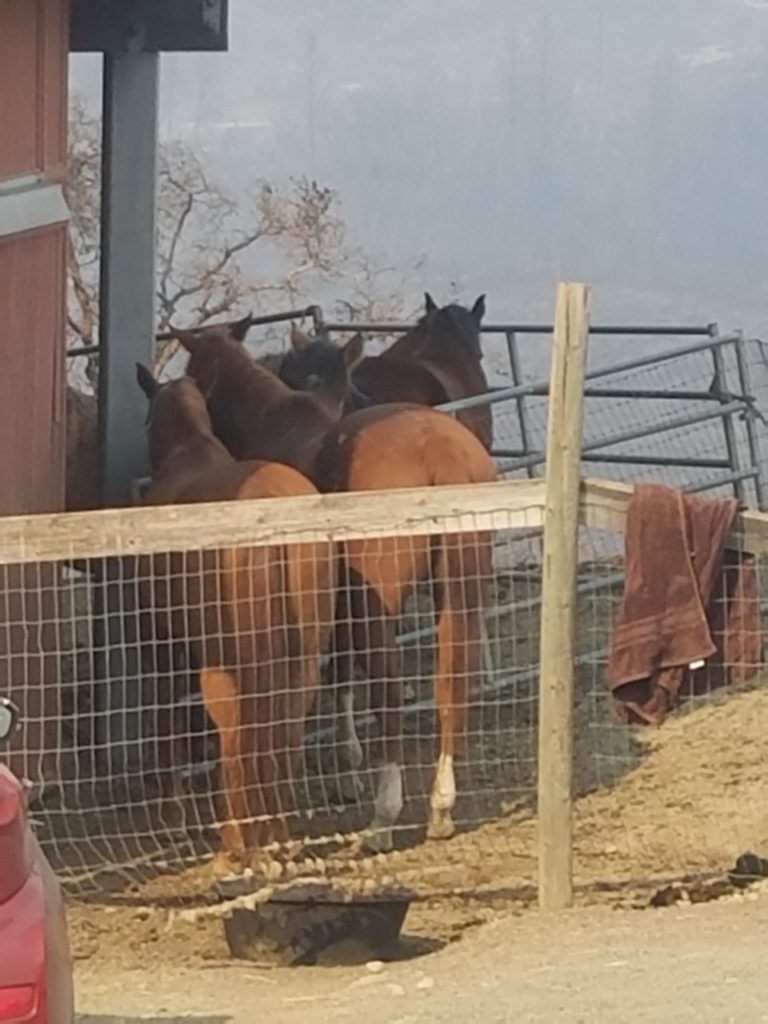 In the 20 minutes we had before the firestorm hit, we managed to get all the animals at our house into the barn below our home. For the next four hours, we fought the fire. We had charged a firehose from the fire hydrant we installed at the base of our house, and we brought that upstairs and brought another hose into the barn downstairs. It was touch and go. When the smoke got bad inside the barn, I ran upstairs and got all our big towels, soaked them and put them at the base of all the sliding doors. This helped immensely in reducing the smoke so the animals could breathe easier. It also stopped the embers from blowing under the doors. In the end, we were able to save the house and barn and all the animals there.
In the 20 minutes we had before the firestorm hit, we managed to get all the animals at our house into the barn below our home. For the next four hours, we fought the fire. We had charged a firehose from the fire hydrant we installed at the base of our house, and we brought that upstairs and brought another hose into the barn downstairs. It was touch and go. When the smoke got bad inside the barn, I ran upstairs and got all our big towels, soaked them and put them at the base of all the sliding doors. This helped immensely in reducing the smoke so the animals could breathe easier. It also stopped the embers from blowing under the doors. In the end, we were able to save the house and barn and all the animals there.
The next day, after we’d secured the fencing (most of our wooden fence posts had burned), and opened the barn doors. The animals took one step out and stopped, looking visibly stunned. Everything had been incinerated as far as the eye could see. They didn’t move for several minutes.
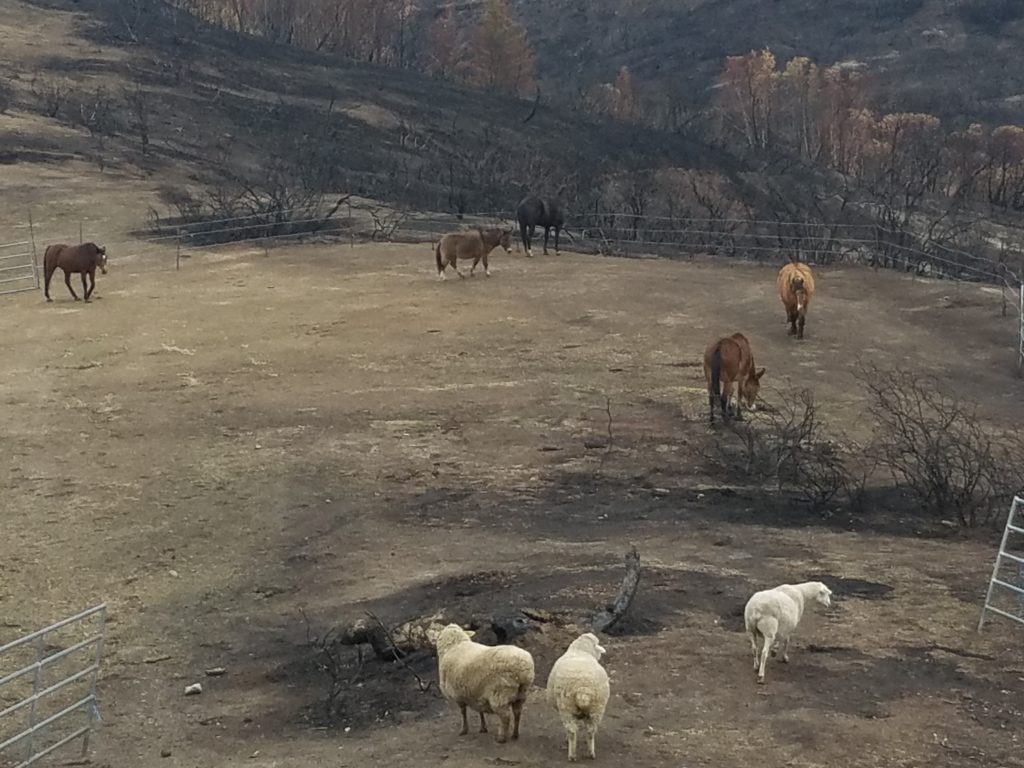
We then went looking for the other Ranch animals. Fortunately, a neighbor had found the equines walking out the road, and managed to corral them about a mile away with no injuries. We burst into tears of gratitude. We found their goat buddies at the Ranch with minor singeing. Since most of the fencing had burned, we also found another neighbor’s two equines, five hens and two roosters, and brought them all to our house. With this fire crisis and limited fencing, all 25 critters got crammed together. I guess having already gone through something so frightening, they were happy to have each other and be in a safe place with food and water. Within the day, our two alphas were scratching each other’s withers over the fence. Such a beautiful sight.
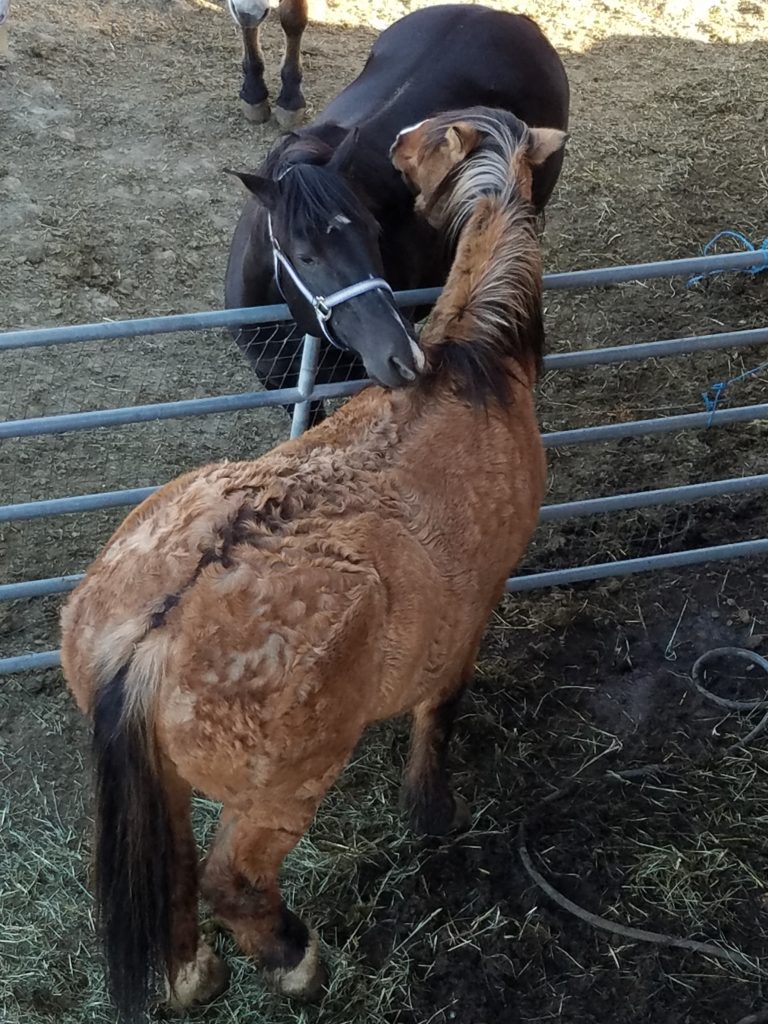
Over the next few days, we got messages from numerous neighbors who were burned out or evacuated and could not get back in to feed their animals. So, we divided up the task of some 200 neighbor animals – feeding and watering horses, donkeys, sheep, goats, pigs, bunnies, a llama, chickens, cats and dogs. Hauling both food and water to many who didn’t have any. Working with our local fire department, we took over all things animal. It was good to have this routine and a purpose for the first week and a half. We didn’t dare leave for fear we could not get back in. There were too many animals that needed our help.
Unfortunately, many of our pipes had burned and there was no power, so we could not run our well. That meant there was no water – we had used up all of ours fighting the fire. So we loaded up garbage cans and went out the road and managed to get some from a neighbor’s tank. Four days later, the fire department showed up with their water tender and filled up our tank, so we didn’t have to haul water as far. All our water troughs are on automatic fillers, so this gave us a new appreciation for how much our animals drink. Hauling water with five-gallon buckets was exhausting with that many animals. Fortunately, some neighbors had hot tubs, so we used the water from them.
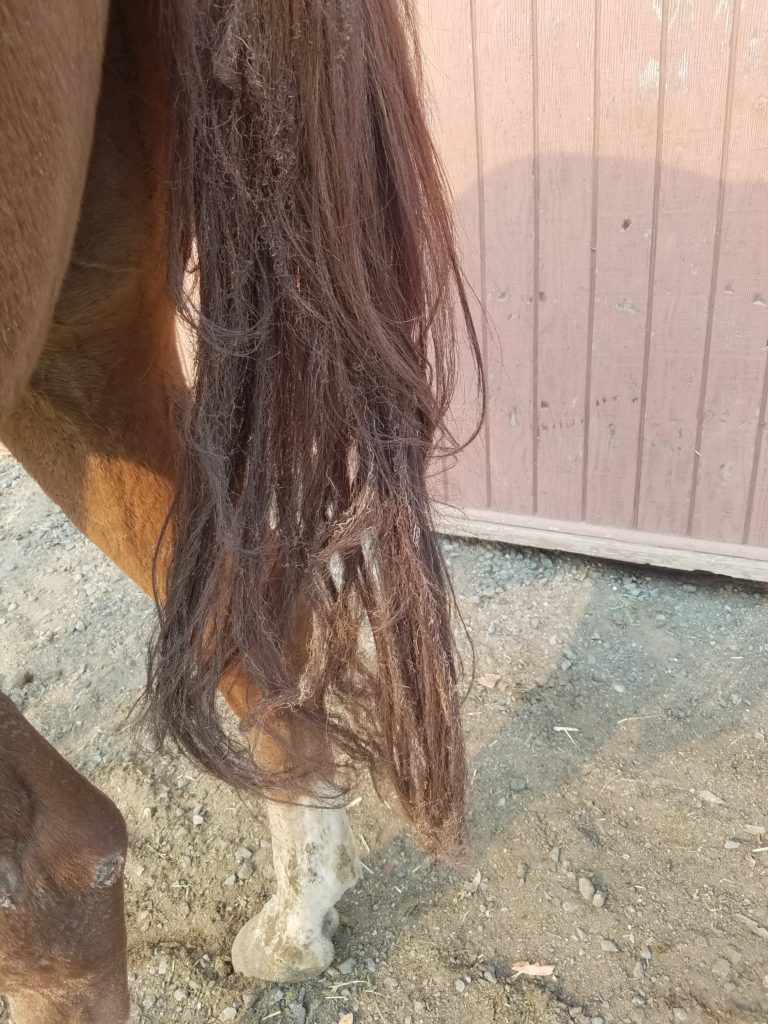
We managed to evacuate the neighbor’s two horses and seven chickens after six days, with the help of the Lake County vet who had credentials to come into the area with truck and trailer. He also brought up food the following day, since we were depleting what little we had feeding all the neighbors’ animals. Our winter supply of hay at the Ranch had gone up in smoke.
Two weeks later, when people were able to get in, our priority was to expand fencing so the animals were not so cramped. Many friends and family came to help, and we were able to get about a half-acre fenced so they could all stretch their legs a little. Watching them run around and roll was heartwarming.
Unfortunately, all our grazing land was burned, so now we are feeding three times a day to supplement our equines’ diets. Some of the grass is coming back, but much of it was so fried. We have started to reseed because nothing was growing back with the gentle rains we had after the fire.
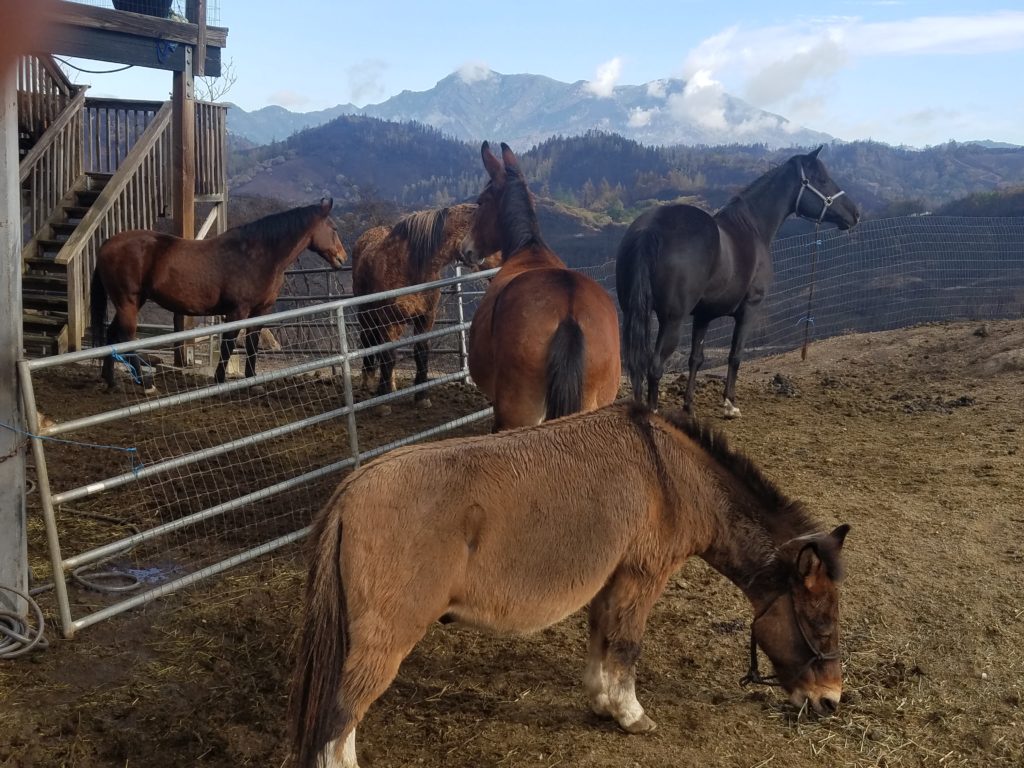 Lessons learned: We will never fence in wood again, and metal structures are the way to go when building in this fire-prone area. Being trained fire fighters for our local volunteer fire department also helped, immensely.
Lessons learned: We will never fence in wood again, and metal structures are the way to go when building in this fire-prone area. Being trained fire fighters for our local volunteer fire department also helped, immensely.
From Napa Humane – how we were able to help:
With their livelihood gone and insurance covering only a fraction of what was lost, the Fouts are struggling to rebuild – but rebuild they will. Napa Humane is assisting with the cost of rebuilding their animal pasture fencing, and by paying the vet bills for their cat and dog, who needed medical care in the months following the fire. We also hope to be able to help them and their neighbors with the cost of feed, since both their winter supplies of hay and their grazing areas have been totally wiped out.
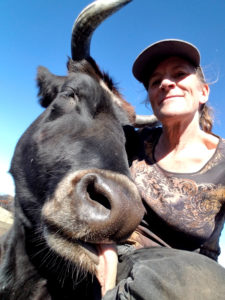 …
…
To Napa Humane: Thank you so much. I cry a lot these days, but usually out of sadness of all we lost. Right now they are tears of appreciation.
We can’t thank you enough. We have always donated to all animal-related organizations, and are so humbled to be getting help from you all.
Photography submitted by Suzanne Fouts





